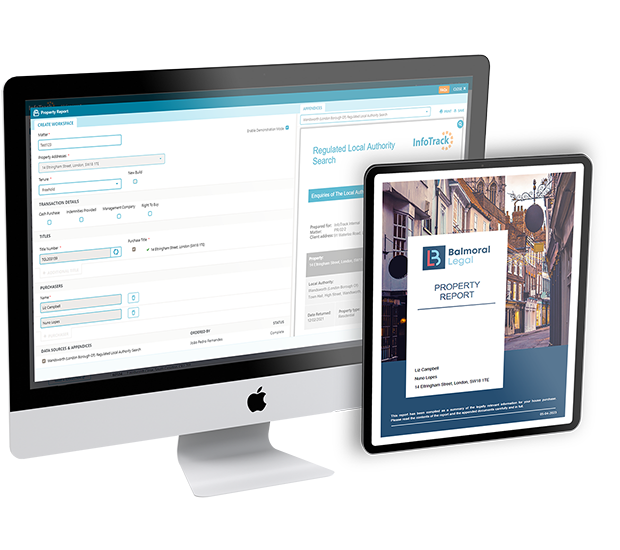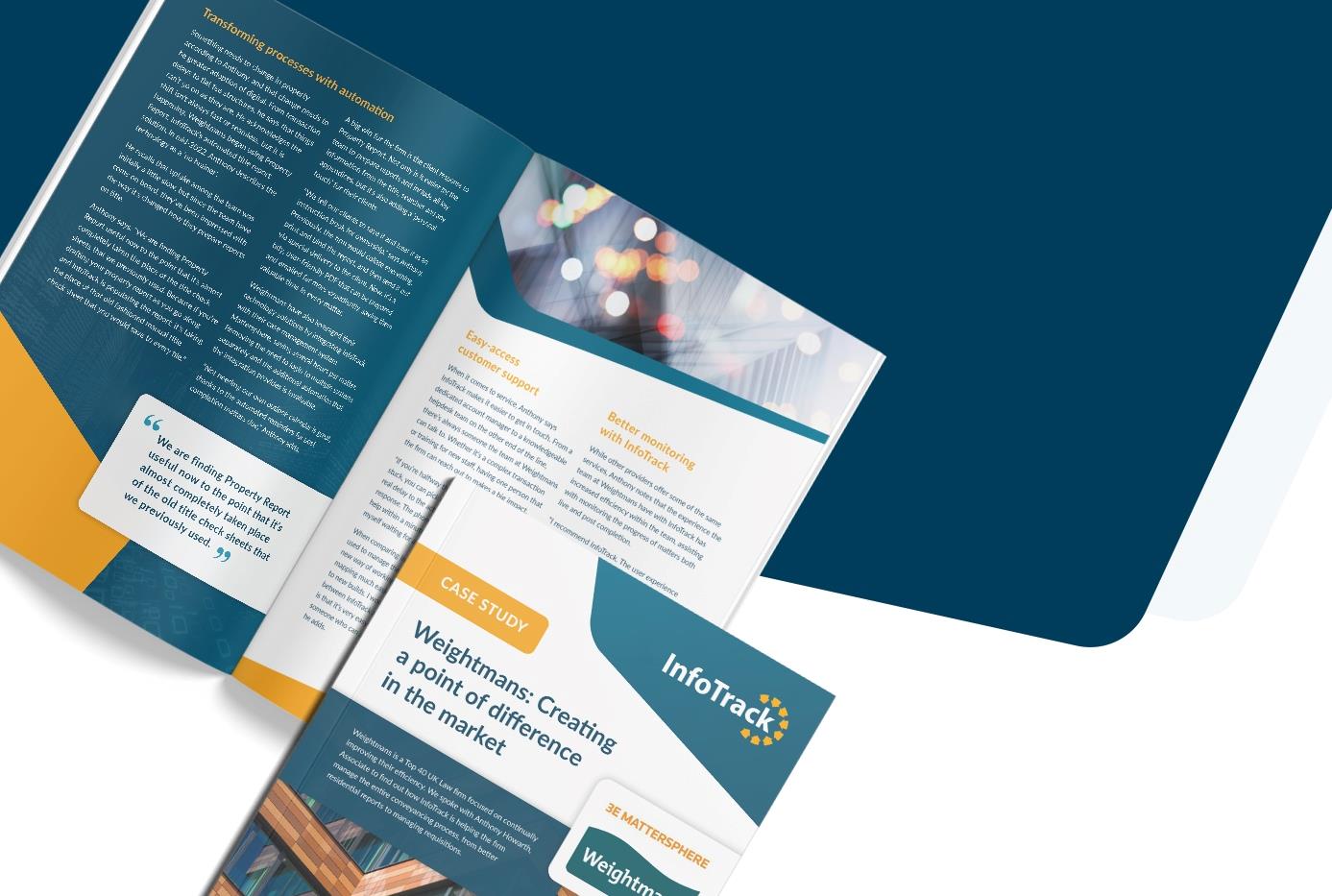Find out how the right technology can give you the tools to harmonise people and technology in conveyancing so you can build high-quality title reports.
Digitising Conveyancing: Build Better Title Reports with Technology
Legal technology has been given a boost over the last decade, helping to catch up with other professional services industries. We’ve seen the impact digital services have had on the banking sector, which have more recently been applied to the legal space. We’re now seeing the benefits of introducing automation into the conveyancing process, with law firms and their clients yielding the rewards.
Where there was previously apprehension around digitisation in law, the appetite to adopt new technologies has increased with the highest priority for small and large firms being to improve the client experience according to the 2023 Frontier Report. With 53% of firms expecting to increase their IT budget in 2023-2024, now is the time to assess which solutions offering the greatest reward.
In the realm of human-machine interactions, the historical narrative has often been coloured by science fiction tales of machines taking over. However, the modern reality is far from that. When implemented effectively, technology can be a powerful tool that empowers us to work more efficiently on what truly matters, while minimising time spent on arduous tasks.
Though the legal industry has been somewhat slower in adopting technology compared to other sectors, there is much to learn from industries like banking. Technology is not a hindrance but rather a helping hand. This is especially true in the conveyancing process, where digitisation can create new workflows that allow professionals to focus on their expertise, reducing hours spent on administrative tasks.
In this article, we explore which opportunities are created by improving your conveyancing workflow to building better reports on title.

Nurturing the relationship between technology and people
Nurturing the relationship between technology and conveyancers is crucial for harnessing the true value of digitisation. Understanding where technology can add value and identifying the most effective tools is the first step. By embracing organisational change, implementing the right tools, and prioritising training and development, conveyancing firms can ensure successful technology adoption throughout their operations.
Conveyancers and technology should complement each other, with both parties bringing unique value to the table. Technology excels at reducing administrative burdens, while conveyancers excel in applying their expertise. Finding the right balance between the two can lead to impressive outcomes for individuals and your firm.
Despite noise in the market about the potential threat of AI rendering roles obsolete in the future, just 13% of property professionals surveyed by Searchland were concerned. Instead, 84% agreed that technology has a role to play but requires human interaction in the process.
Managing the balance between people and technology provide opportunities that previously weren’t available to the industry, enabling staff to focus on practising law and increasing their expertise.
Creating high-quality reports on title with automation
One area where technology significantly enhances conveyancing is in building high-quality title reports. These reports are essential but often time-consuming. Leveraging technology to automate data extraction and report generation streamlines the process, providing accurate and reliable information while saving valuable time. This enables conveyancers to focus on analysing the data and ensuring compliance with regulatory standards, rather than getting bogged down in manual data sifting.
That’s exactly what we aimed to help law firms achieve when we built Property Report. Using data you already have from searches, title, and transaction information and pulling that through to populate your report automatically saves you the time of manually sifting through documents – electronically or otherwise.
Property Report then has the power to flag any hazards or risks to bring your attention to it quickly. This is where your legal expertise and experience are applied, determining whether the information needs further investigation and that it meets regulatory standards.
Applying automation to help build better title reports is about more than creating efficiency in your workflow. It’s also about lightening your workload so you can focus on delivering exceptional client service. This not only results in a more efficient workforce but also boosts job satisfaction among professionals who can now dedicate their expertise to more critical matters.

Improved quality and consistency
Embracing automation does not compromise the quality of title reports; it enhances it. With standardised processes and quicker processing times, technology brings greater consistency to the conveyancing workflow. This means more time for conveyancers to fine-tune the specific details of each transaction without starting from scratch with every report.
Ultimately, the goal of adopting technology in conveyancing is to create better outcomes for both clients and professionals. By freeing conveyancers from administrative constraints, technology allows them to focus on client-facing work, leading to improved relationships and overall satisfaction. The debate is not about technology taking over; it's about embracing symbiotic relationships with technology to deliver the highest quality work.
In conclusion, embracing technology in the conveyancing process is a strategic move that benefits everyone involved. By leveraging the power of automation, conveyancers can optimise their workflow, produce better quality reports, improve client relationships, and have more time to focus on their expertise. Embracing technology in a thoughtful and balanced manner can be a game-changer for conveyancing firms, leading to enhanced productivity and client satisfaction.
Find out more about how law firms are benefitting from Property Report to create a high-quality report on title.




